Charles Darwin, the father of evolution, pioneered what may be both the most well-known and most controversial theory in the history of science. But there’s even more to the man than just a great scientific brain — and these 31 fascinating Charles Darwin facts prove it:
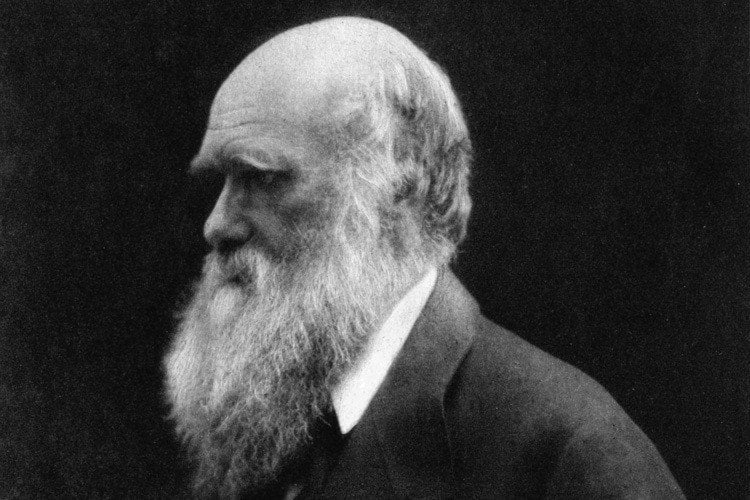
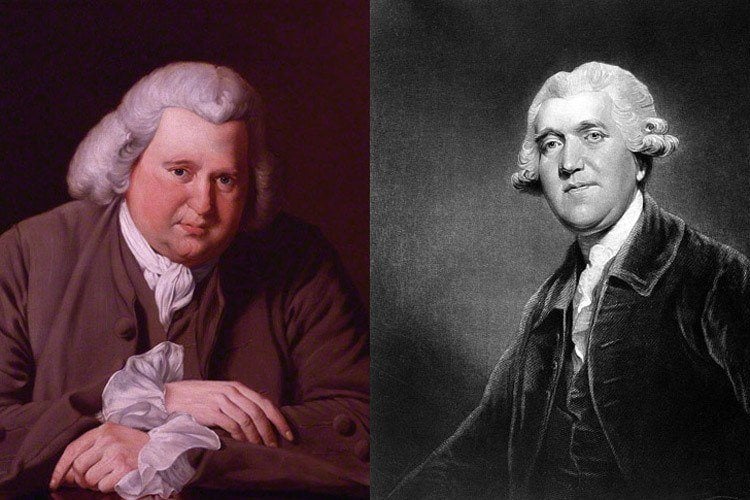

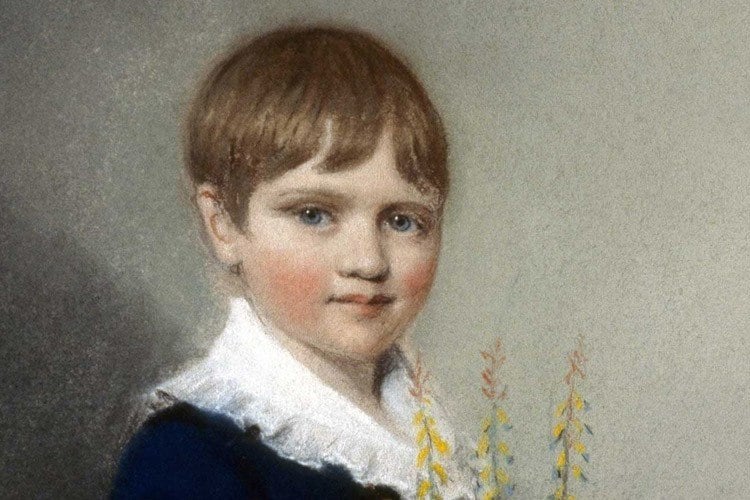
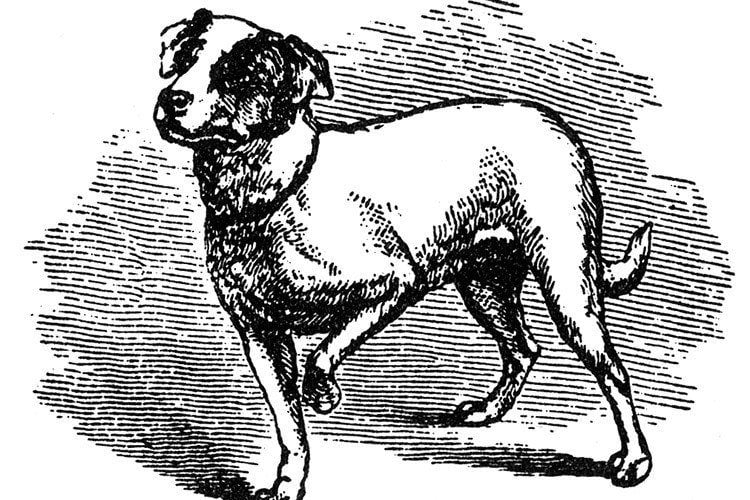
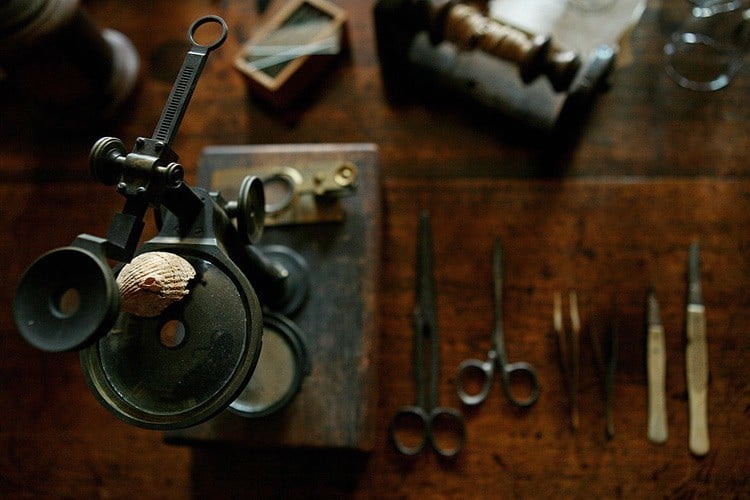
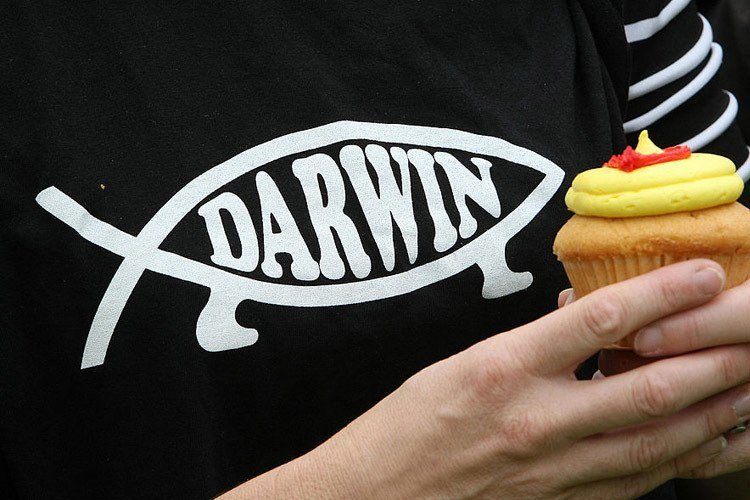
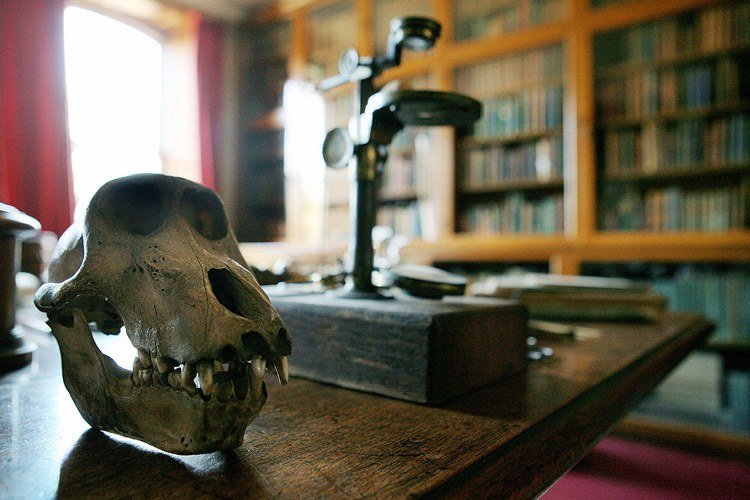
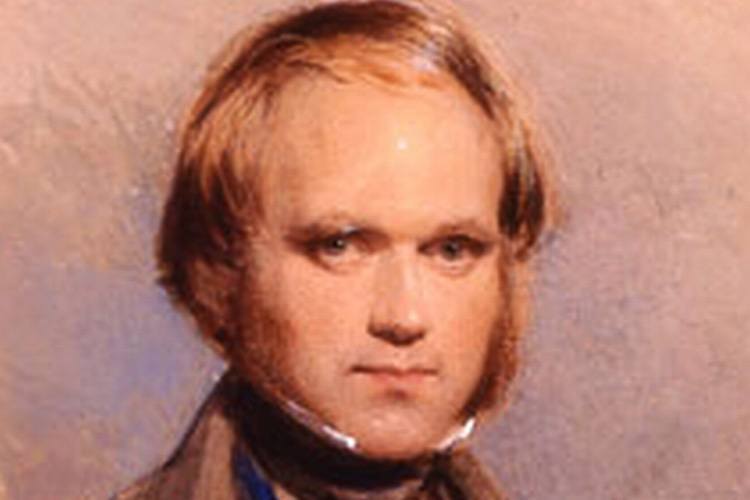
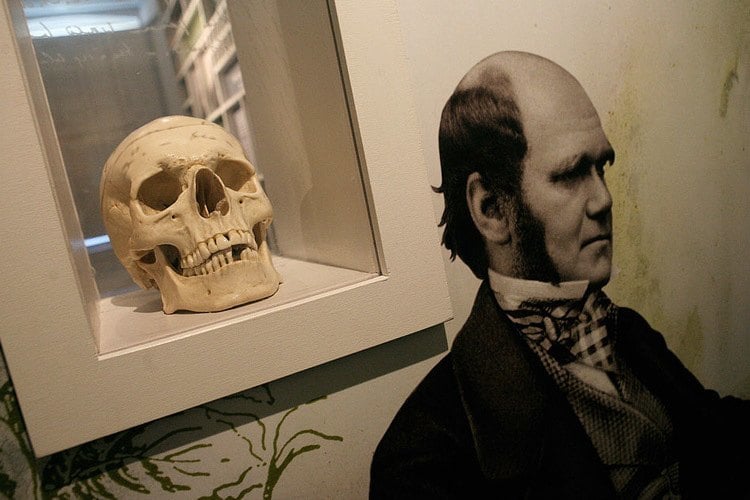
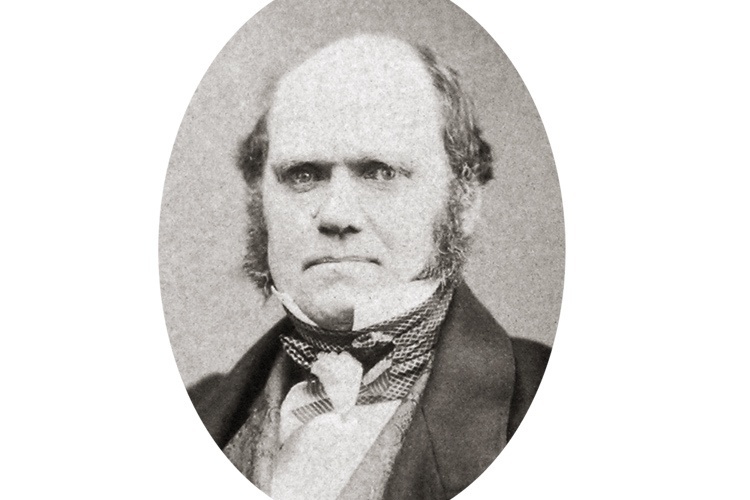
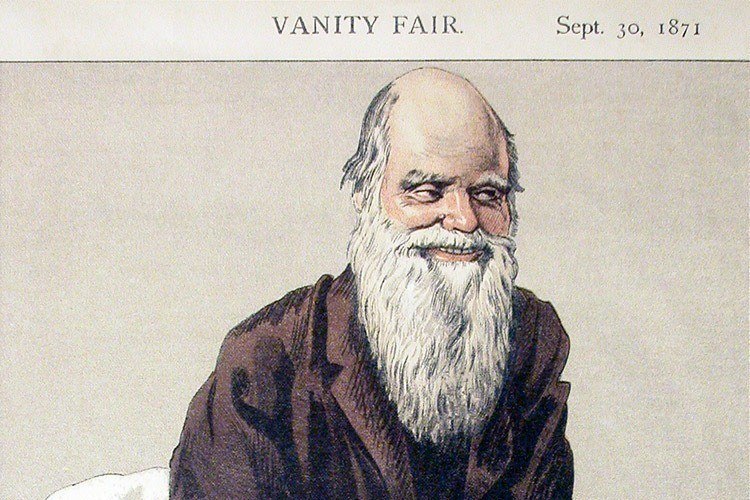
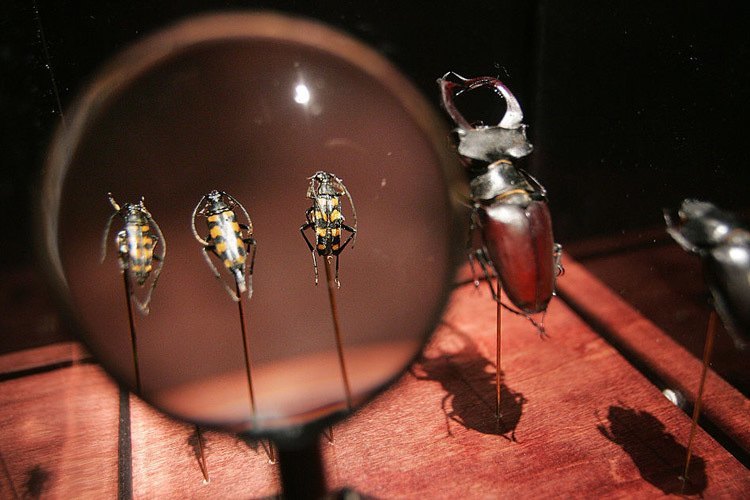
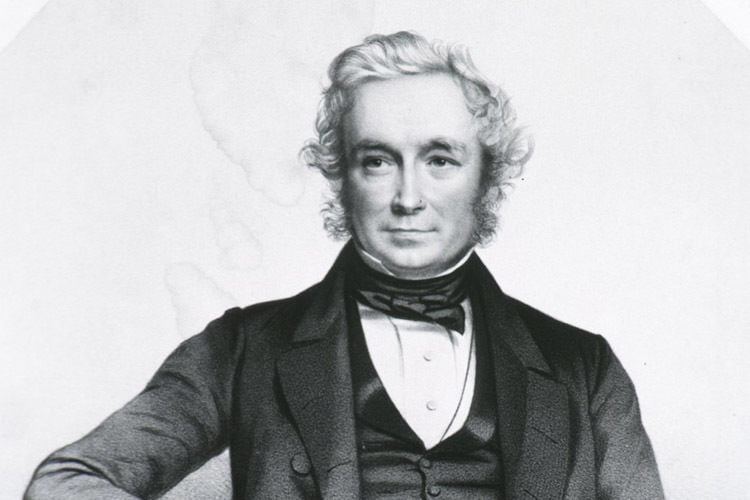
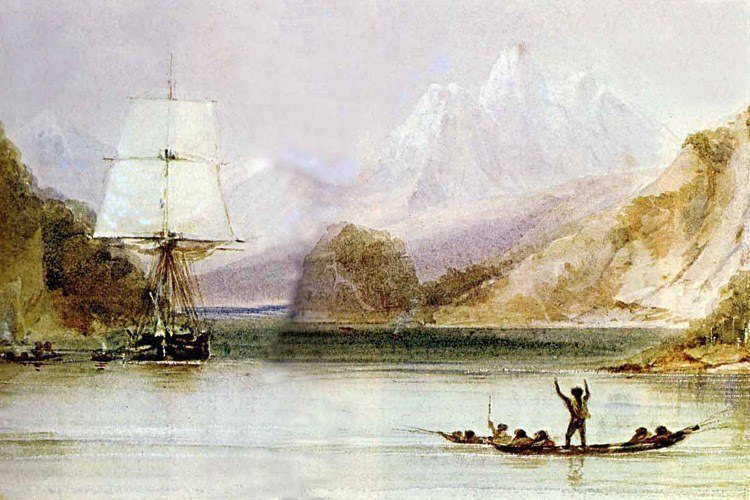
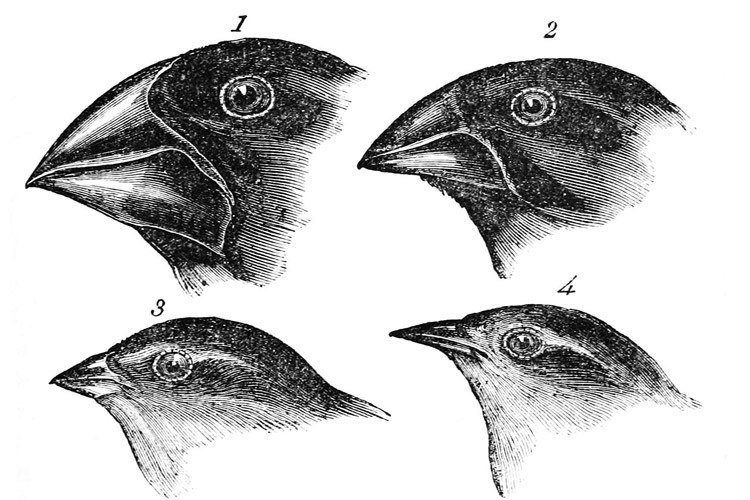
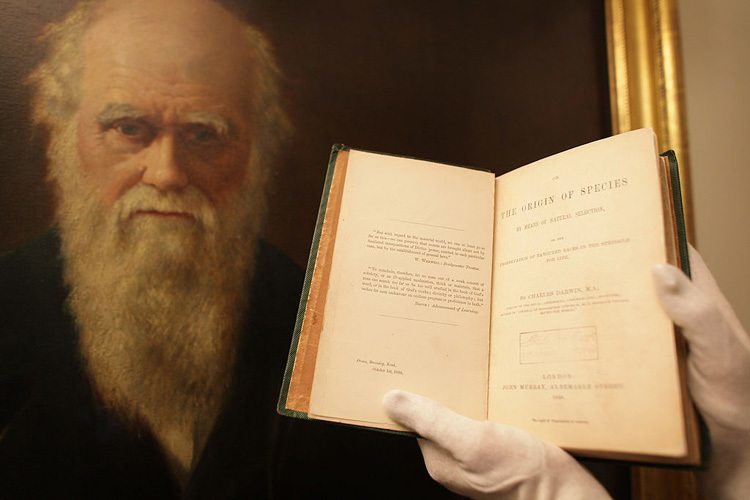
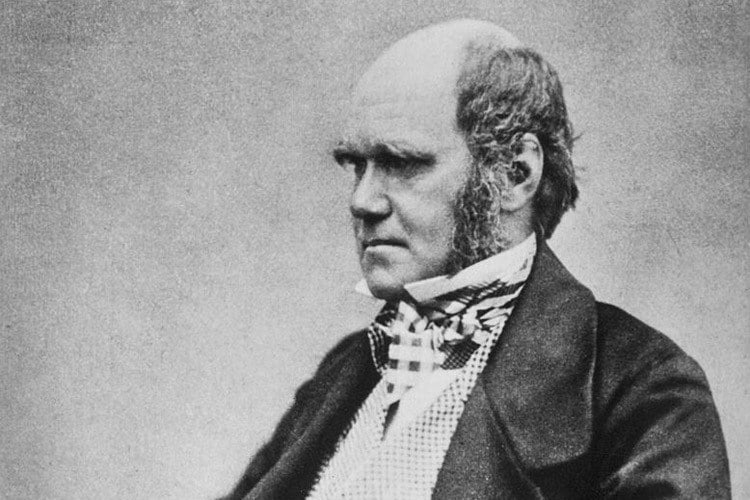
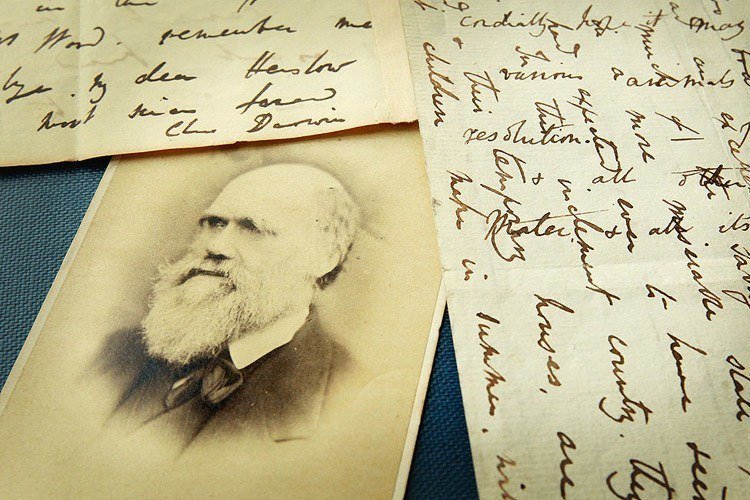
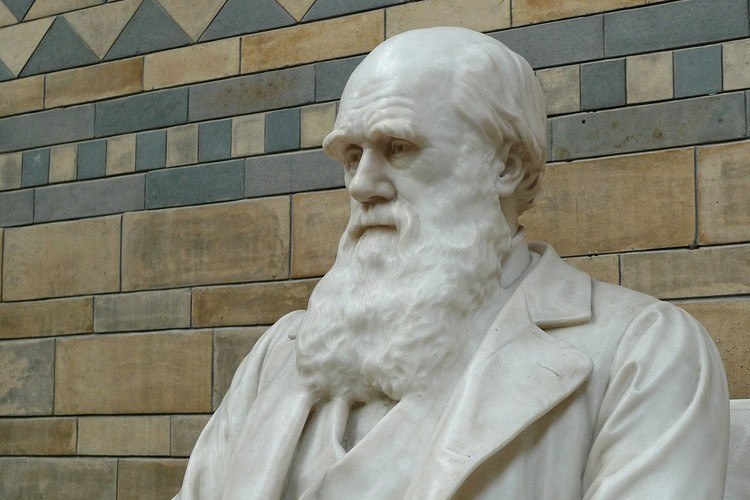
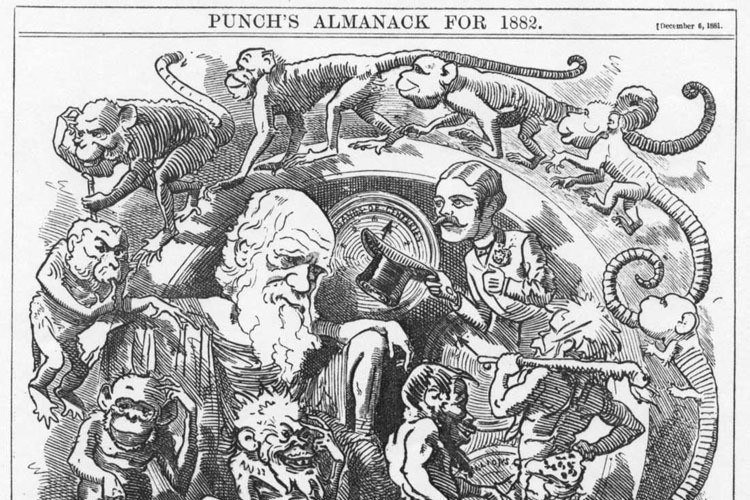
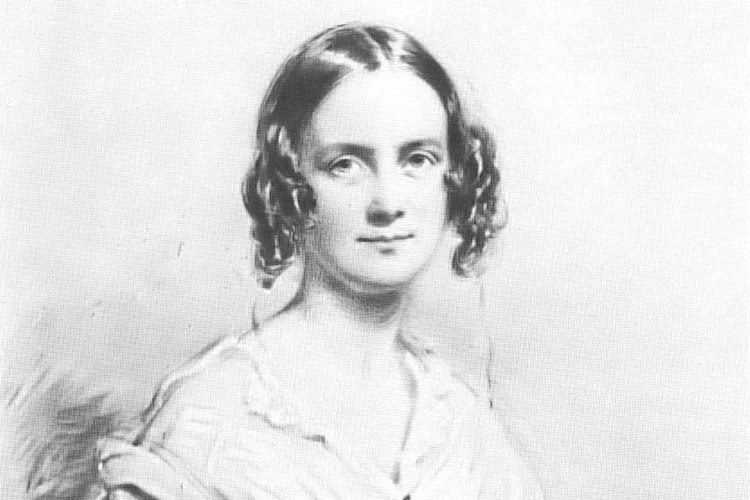
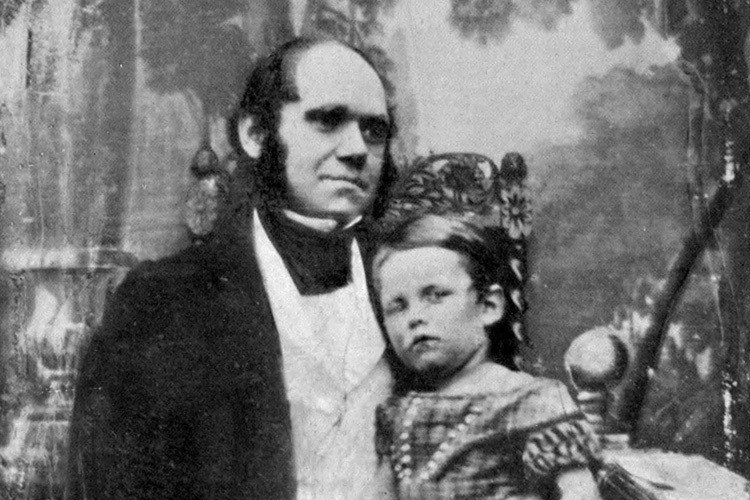
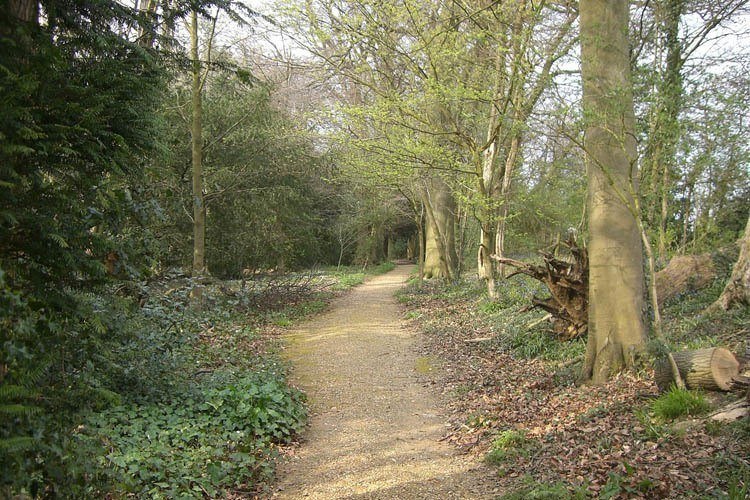
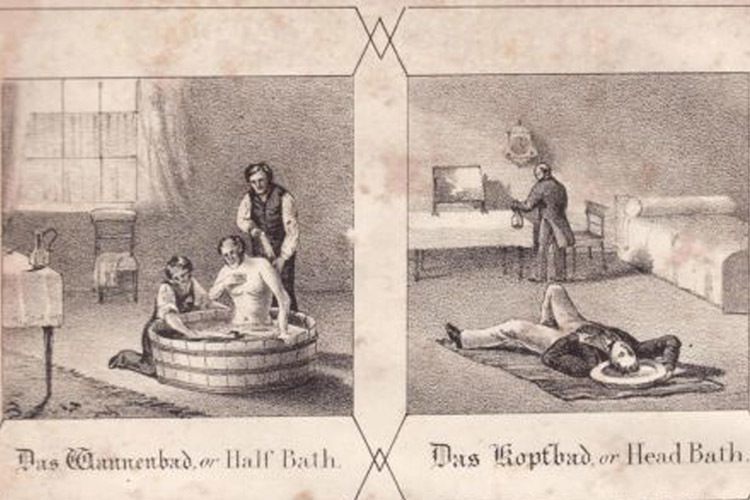
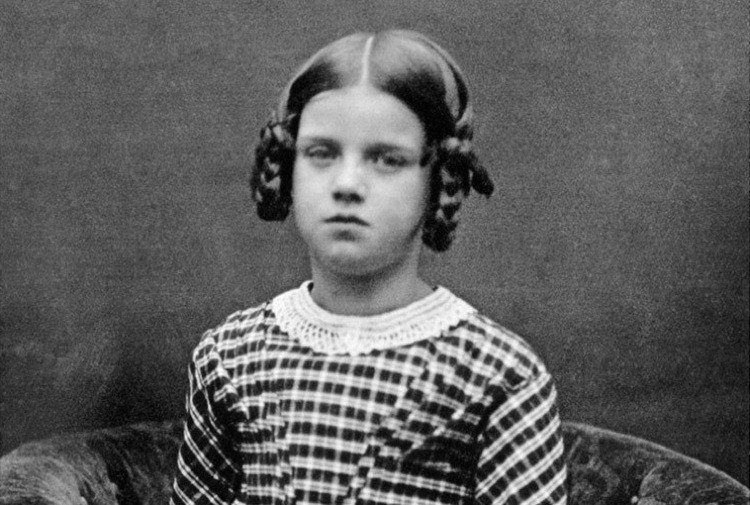
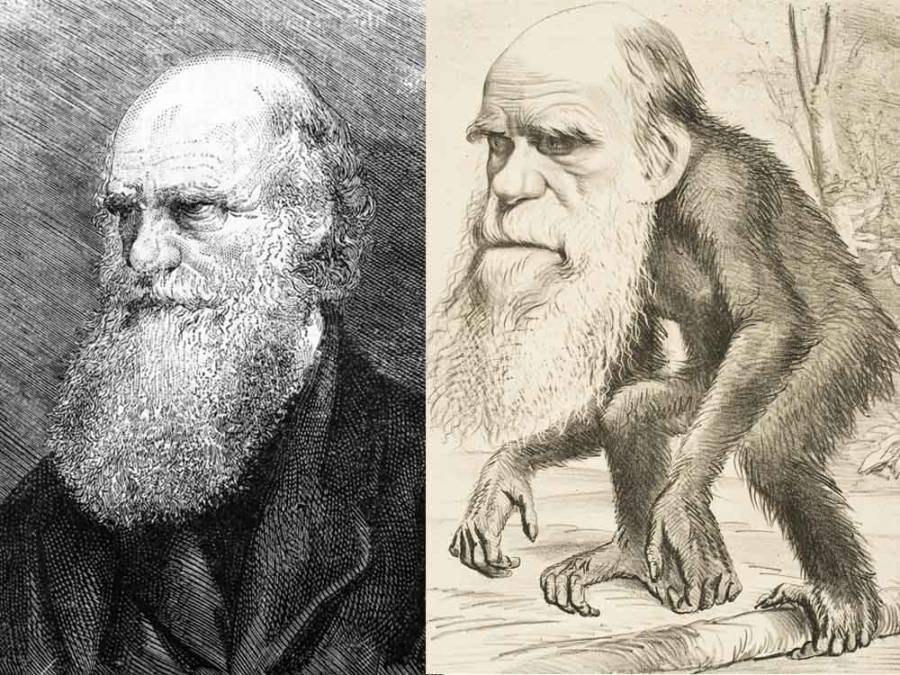
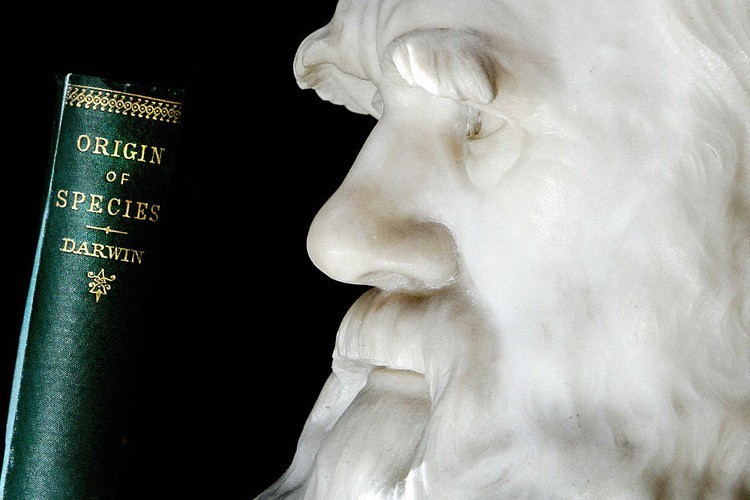
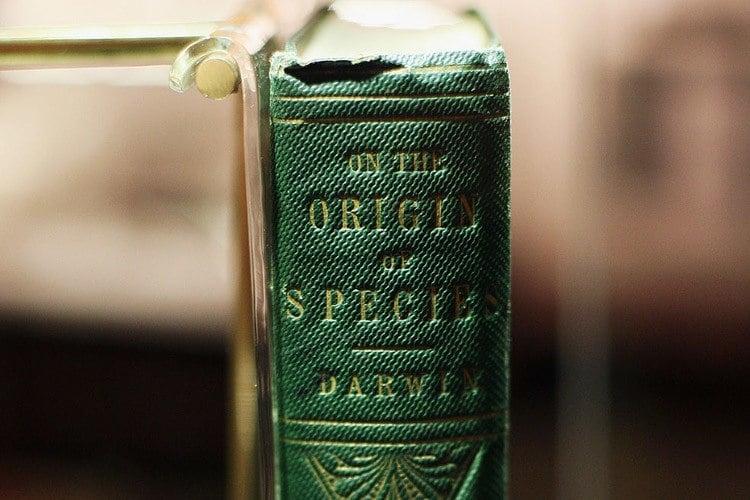
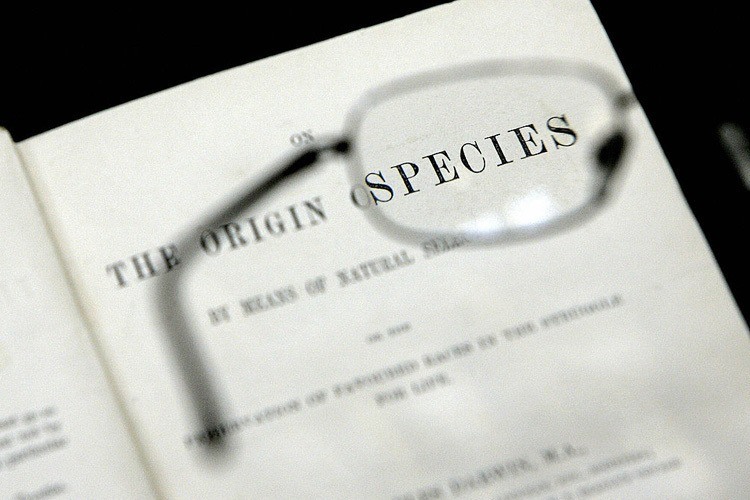
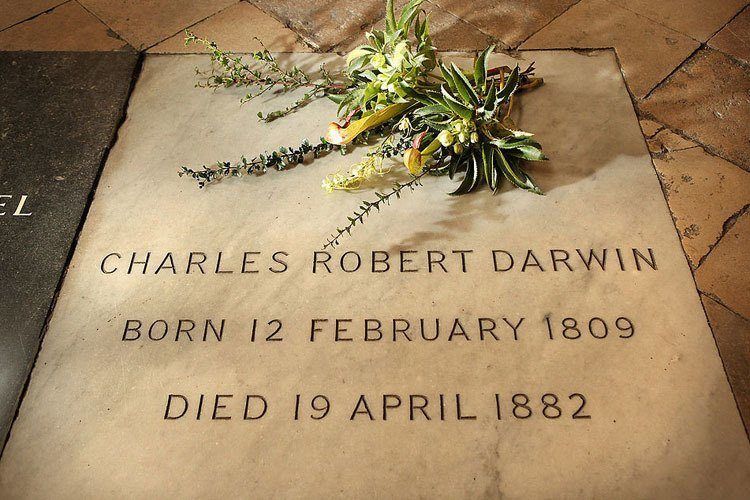
And if you liked this post, be sure to check out these popular posts:
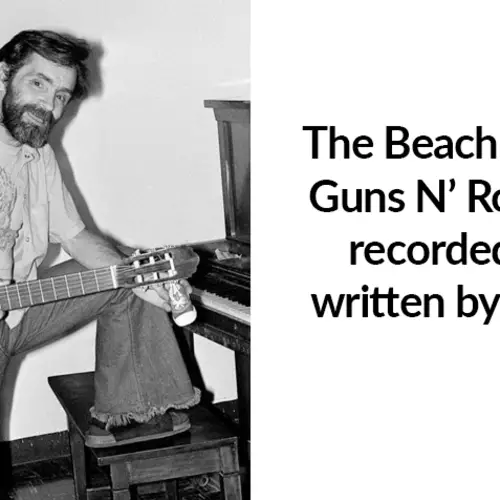
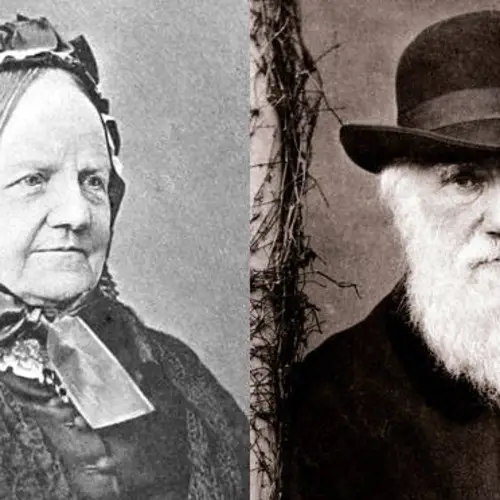
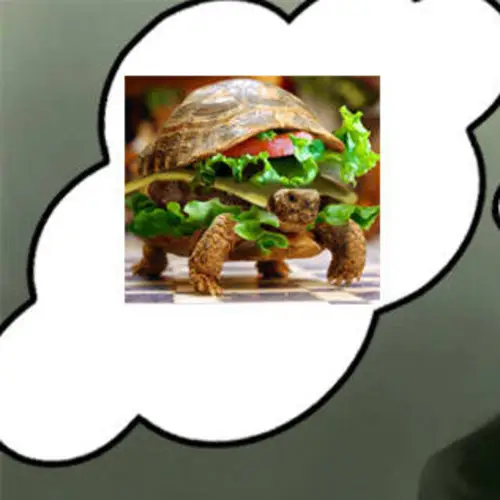
1 of 32
Despite developing the theory of evolution and changing science forever, Darwin was a slow learner as a child. He also described himself as lazy, clumsy, and naughty.Wikimedia Commons
2 of 32
He was the grandson of two prominent abolitionists. On his father’s side: Erasmus Darwin (left), and on his mother’s side, Josiah Wedgwood (right).Wikimedia Commons
3 of 32
His interest in plants and the natural world may have been sparked by his mother, Susannah, showing him a simple experiment that changed the hue of flowers by feeding them colored water.Pixabay
4 of 32
Susannah died when Darwin was only eight years old.
Pictured here is the earliest known rendering of him, the year before his mother's death, at age seven.Wikimedia Commons
Pictured here is the earliest known rendering of him, the year before his mother's death, at age seven.Wikimedia Commons
5 of 32
From an early age, Darwin was a dog lover, and he went on to become one of the first scientists to write about emotions in non-human animals.Wikimedia Commons
6 of 32
Darwin had quite an unfortunate nickname among his classmates: “Gas Darwin.”
The name alluded to his producing different gasses through chemical reactions in a small garden shed chemistry lab he shared with his brother.
Pictured: Darwin's study at Down House, Bromley, Kent. Carl de Souza/AFP/Getty Images
The name alluded to his producing different gasses through chemical reactions in a small garden shed chemistry lab he shared with his brother.
Pictured: Darwin's study at Down House, Bromley, Kent. Carl de Souza/AFP/Getty Images
7 of 32
Darwin’s father, Robert, was dismayed that the boy didn’t focus on schooling, and once told him that he "cared for nothing but shooting, dogs, and rat-catching, and you will be a disgrace to yourself and all your family."Greg Wood/AFP/Getty Images
8 of 32
Darwin studied taxidermy as a young man, under the instruction of John Edmonstone, a freed black slave from Guyana.
Pictured: The desk in Darwin's study at Down House, Bromley, Kent.Carl de Souza/AFP/Getty Images
Pictured: The desk in Darwin's study at Down House, Bromley, Kent.Carl de Souza/AFP/Getty Images
9 of 32
Darwin was tone-deaf. He had trouble recalling tunes he’d heard just days prior, and couldn’t keep time with music — even as it was playing. Despite this, he enjoyed the music of Mozart, Handel, and Beethoven.
Pictured: Darwin at age 31.Wikimedia Commons
Pictured: Darwin at age 31.Wikimedia Commons
10 of 32
Darwin did not set out to become a naturalist. In fact, his father sent him to medical school, but here it was discovered that Darwin couldn’t stand the sight of blood. He started spending more and more time indulging his naturalist hobbies.
Pictured: A scene from the Darwin museum at Down House, Bromley, Kent.Carl de Souza/AFP/Getty Images
Pictured: A scene from the Darwin museum at Down House, Bromley, Kent.Carl de Souza/AFP/Getty Images
11 of 32
While in medical school, Darwin joined the Plinian society, a natural science club. There he gave his first speech – on the marine biology of an estuary just north of Edinburgh.
Pictured: Darwin photo from the Literary and Scientific Portrait Club, which he joined in 1855. Wikimedia Commons
Pictured: Darwin photo from the Literary and Scientific Portrait Club, which he joined in 1855. Wikimedia Commons
12 of 32
Noticing his lack of enthusiasm for medicine, Darwin's father took him out of medical school. As a last-ditch move, he enrolled his son into Christ’s College in Cambridge to get a Bachelor’s degree as a first step to becoming a priest or member of the clergy.
Pictured: Caricature of Charles Darwin from Vanity Fair in 1871.Wikimedia Commons
Pictured: Caricature of Charles Darwin from Vanity Fair in 1871.Wikimedia Commons
13 of 32
Darwin’s cousin introduced him to beetle collecting, an activity he pursued with great passion, even having some findings published in Stevens' Illustrations of British Entomology.Mario Tama/Getty Images
14 of 32
It was through this burgeoning beetle hobby that Darwin met botany professor John Stevens Henslow (pictured), who would become his mentor.Wikimedia Commons
15 of 32
Henslow secured Darwin a place on the HMS Beagle, a ship in the Royal Navy that was heading out to chart the South American coastline. He was originally brought aboard to be the ship’s naturalist, but the job he performed was more in line with that of a geologist, collecting and charting specimens from the coast.
Pictured: The HMS Beagle in the seaways of Tierra del Fuego.Wikimedia Commons
Pictured: The HMS Beagle in the seaways of Tierra del Fuego.Wikimedia Commons
16 of 32
The proposed two-year trip aboard the HMS Beagle turned into a lengthy, five-year expedition. Some say that the most important part of the trip was the time spent in the Galapagos Islands, where Darwin noticed that there were indigenous animals (like the finch, pictured) that displayed various traits to help them better survive in their environments.Wikimedia Commons
17 of 32
Still a religious man towards the beginning of the trip, Darwin was known to quote Bible passages to the rowdier sailors.Peter Macdiarmid/Getty Images
18 of 32
His religious zeal began fading a bit as he saw firsthand the effects of slavery during his travels.Wikimedia Commons
19 of 32
On October 2, 1836, the HMS Beagle returned to England. Darwin walked onto land already something of a celebrity among scientists, as John Stevens Henslow had distributed Darwin’s letters about geology to them as pamphlets.
Pictured: Letters from Darwin to Henslow from 1833, exhibited at the Royal Botanic Gardens, Kew in London.Peter Macdiarmid/Getty Images
Pictured: Letters from Darwin to Henslow from 1833, exhibited at the Royal Botanic Gardens, Kew in London.Peter Macdiarmid/Getty Images
20 of 32
Darwin’s father shuffled some investments around so that his son could become a “gentleman” scientist — one that is self-funded and not tied to a university or other establishment.
Pictured: Statue of Darwin from the Natural History Museum in London.Pixabay
Pictured: Statue of Darwin from the Natural History Museum in London.Pixabay
21 of 32
Now off and running as a scientist, for the entire year of 1837, Darwin was buried in work and his health suffered under all the stress. He experienced heart palpitations and was told to go live in the country for a few weeks. He traveled to Staffordshire to visit relatives and encountered a cousin of his, who was caring for her invalid aunt.
Pictured: Drawing of Darwin for Punch magazine, 1892. Wikimedia Commons
Pictured: Drawing of Darwin for Punch magazine, 1892. Wikimedia Commons
22 of 32
Darwin married that cousin, Emma Wedgewood (pictured), two years later, in 1839. In true scientific fashion, he made a pros and cons list about married life. The pros won out, and he proposed. Despite its less-than-romantic beginnings, the marriage was a happy one and produced ten children.Wikimedia Commons
23 of 32
Darwin was different than most fathers of the time. Not at all distant or disapproving, he was a thoughtful and attentive parent. One of his daughters would later write, "He cared for all our pursuits and interests, and lived our lives with us in a way that very few fathers do. But I am certain that none of us felt that this intimacy interfered the least with our respect and obedience. Whatever he said was absolute truth and law to us. He always put his whole mind into answering any of our questions."
Pictured: Darwin with son, William Erasmus, in 1842.Wikimedia Commons
Pictured: Darwin with son, William Erasmus, in 1842.Wikimedia Commons
24 of 32
While tending to his young children, the framework of Darwin’s theory of evolution was already in place by 1840. He worked tirelessly for 15 years investigating it, all while doing other writing and publishing reports on the natural collections that he amassed while on the HMS Beagle.
Pictured: A path on the grounds of Darwin's home.Wikimedia Commons
Pictured: A path on the grounds of Darwin's home.Wikimedia Commons
25 of 32
Despite or perhaps because of his tireless scientific efforts, Darwin was a victim of chronic poor health, and began hydrotherapy in 1849.Wikimedia Commons
26 of 32
When one of Darwin's daughters, Annie (pictured), fell victim to poor health herself, he tried to treat her scarlet fever with hydrotherapy. Nevertheless, she died in 1851. The event is said to have rocked Darwin's faith to the core, and he stopped attending church.Wikimedia Commons
27 of 32
Darwin was never an atheist, but was not religious at all during his later years. He still believed in a “first cause,” but held that it was beyond human comprehension.
Pictured: A caricature of Charles Darwin as an ape published in The Hornet, a satirical magazine.Wikimedia Commons
Pictured: A caricature of Charles Darwin as an ape published in The Hornet, a satirical magazine.Wikimedia Commons
28 of 32
Darwin published his most famous book, On the Origin of Species, not for scientists, but for the non-specialist reader — and it created quite a buzz among the public.
Pictured: On the Origin of Species stands in front of a stone bust of Charles Darwin at London's Natural History Museum.Shaun Curry/AFI/Getty Images
Pictured: On the Origin of Species stands in front of a stone bust of Charles Darwin at London's Natural History Museum.Shaun Curry/AFI/Getty Images
29 of 32
The entire stock of the book quickly sold out, and more copies had to be requested.
Pictured: A first edition copy of On the Origin of Species.Dan Kitwood/Getty Images
Pictured: A first edition copy of On the Origin of Species.Dan Kitwood/Getty Images
30 of 32
It’s said that Darwin may have gone back to religion on his deathbed, but this rumor has been dispelled by his wife, who said he was still agnostic until the end. For Darwin, there was never a conflict between religion and science. Religion was deeply personal, and science was completely separate.Shaun Curry/AFP/Getty Images
31 of 32
Darwin’s theory of natural selection still stands as the accepted mechanism of evolution. It is considered the foundation of evolutionary biology, and explains the diversity of life on Earth today.
Pictured: A wreath of plants from Charles Darwin's garden on his grave at London's Westminster Abbey in 2009.Peter Macdiarmid/Getty Images
Pictured: A wreath of plants from Charles Darwin's garden on his grave at London's Westminster Abbey in 2009.Peter Macdiarmid/Getty Images




31 Surprising Charles Darwin Facts That Reveal The Man Behind The Theory Of Evolution
View Gallery
Next, watch this three-minute breakdown of all the evidence of evolution you can find right on your own body. Then, delve deeper into Darwin and On the Origin of Species. Finally, check out 24 Isaac Newton facts you've never heard before.





